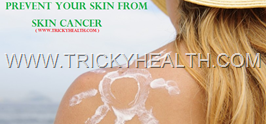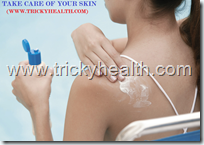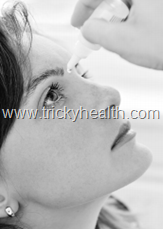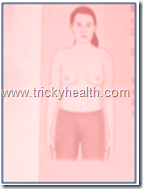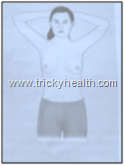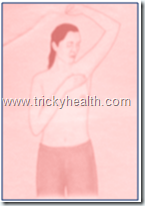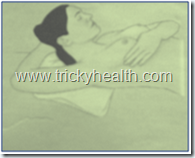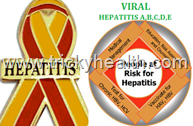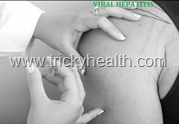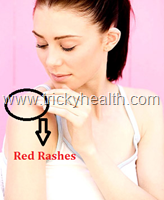 As our on-going topic is on medical education on Skin Cancer now in this post we are going to elaborate various risk factors along with sign and Symptoms for skin cancer. If you want to read our previous article on the “What is Skin Cancer” you can CLICK HERE to get the access.
As our on-going topic is on medical education on Skin Cancer now in this post we are going to elaborate various risk factors along with sign and Symptoms for skin cancer. If you want to read our previous article on the “What is Skin Cancer” you can CLICK HERE to get the access.RISK FACTORS FOR SKIN CANCER
These are the factors which increase the chances of skin cancer means they aggravate the existing or the occurrence of a disease. These risk factors may be environmental or hereditary. A person can change his/her life style to get rid of these risk factors. So here are some of the risk factors which increase the chances to get skin cancer:
FAIR SKIN PEOPLE: People having Fair skin, fair hairs, blue eyes are more prone to have skin cancer because these people have insufficient skin pigmentation to protect the underlying tissues from the harmful radiations & they get affected by ultraviolet radiations very easily & have skin cancer easily.
SUN EXPOSURE: The people who are having chronic sun exposure means the people who are exposed to sun since a long time such as in some type of occupations like farming, laboring etc. are more prone to have skin cancer.
CHEMICAL POLLUTANTS: Exposure of workers to some factory chemicals such as arsenic, nitrates, coal, tar, oils, paraffin etc increases the chances to get the skin cancer.
ELDERLY PEOPLE: Elderly people are prone to have skin cancer because they are having sun damaged skin due to prolong exposure to sun & due to ageing factors.
PREVIOUS X-RAY THERAPY: people who are having a history of previous x-ray therapy for acne treatment etc are at a increased risk to get skin cancer.
GENETIC FACTORS: People who are having first or second degree relatives with skin cancer they are also at an increased risk to have skin cancer because the cancerous gene can transfer from parents to children.
SIGN & SYMPTOMS OF SKIN CANCER
The features of skin cancer depends upon the different types of the cells which they involve so some of the features of skin cancer according to the cell or tissue involvement are here, which a person can identify only by seeing them:
Basal cell carcinoma usually begins as a small, waxy nodule with rolled, pearly borders & usually appears in the most sun exposed area. As these nodules grow they undergo crusting & these are usually not spread to surrounding structures.
Squamous cell carcinomas develop from the epidermis & are of greater concern because in these chances of metastasis are more. These are usually appear on sun damaged area but may be developed from the normal skin. These appear as rough, thickened, scaly tumor that may be symptom free or may involve bleeding. Ther e is more inflammation (swelling) at the borders of these tumors as compared to basal cell carcinoma & are also wider. Exposed area especially upper extremities, face, lower lip, ears, nose & forehead are common sites.
e is more inflammation (swelling) at the borders of these tumors as compared to basal cell carcinoma & are also wider. Exposed area especially upper extremities, face, lower lip, ears, nose & forehead are common sites.
 e is more inflammation (swelling) at the borders of these tumors as compared to basal cell carcinoma & are also wider. Exposed area especially upper extremities, face, lower lip, ears, nose & forehead are common sites.
e is more inflammation (swelling) at the borders of these tumors as compared to basal cell carcinoma & are also wider. Exposed area especially upper extremities, face, lower lip, ears, nose & forehead are common sites.
Malignant melanomas are characterized by brown, black mixed with gray, blue black or white circular lesions with irregular borders. The margins of the lesion may be flat or elevated. Some types of malignant melanomas are also spherical, blueberry shaped with a smooth, uniform surface. These can be described as a blood blister that fails to resolve. These types of melanomas invade the dermis so these are metastatic means spread from one site (organ) to another site & this is the reason that the cure rate of this type of skin cancer is very poor.
In our Next Medical Health Education article we are going to discussed Various Treatment Techniques to get rid of Skin Cancer. So we with us continuously and we will post very soon….
